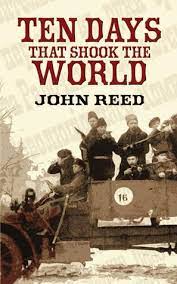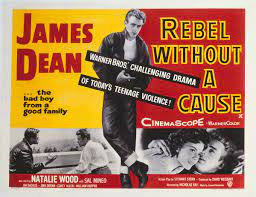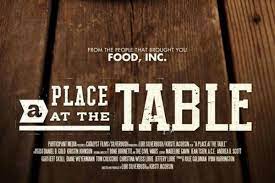Want help to write your Essay or Assignments? Click here
Ten Days that Shook the World Arts Movie Review
INSTRUCTIONS:
Film: October: Ten Days That Shook the World (Eisenstein, 1927, 116m, Kanopy);
Man With a Movie Camera (Vertov, 1929, 68m, YouTube)
Readings: Sergei Eisenstein (excerpts from Film Form);
Annette Michelson, Introduction of Kino-Eye: The Writings of Dziga Vertov
Notes:: Montage Aesthetics notes, Man With a Movie Camera analysis
Want help to write your Essay or Assignments? Click here
write a response that critically reflects on one or two of this weeks’ films and readings, relating the film to the reading and specifically discussing the film’s historical significance. Do not discuss every film or reading. Focus your response on one or two films and one or two readings. Your response should demonstrate your general understanding of the readings and the films in the historical context.
Do not simply summarize the film/s. Rather, discuss how that film/s has contributed to the aesthetic and/or technical innovations in film history. Also, consider how each film reflects and influences its socio-political context. You must use proper citations for all sources in your response. Below are some questions to serve as generic prompts for reflection. You do not have to address all of these questions in your response.
What are the central arguments made by the films and/or the texts and how do they relate to each other?
What social, cultural, political, or historical issues are brought into focus in the films and how?
What themes emerge from the films or texts and how do they relate to the historical context?
Describe the aesthetics of the film and discuss how they contribute to the development of film language.
What role does this film play in the history of film in terms of its aesthetic, technological, and or socio-political contributions?
Want help to write your Essay or Assignments? Click here





